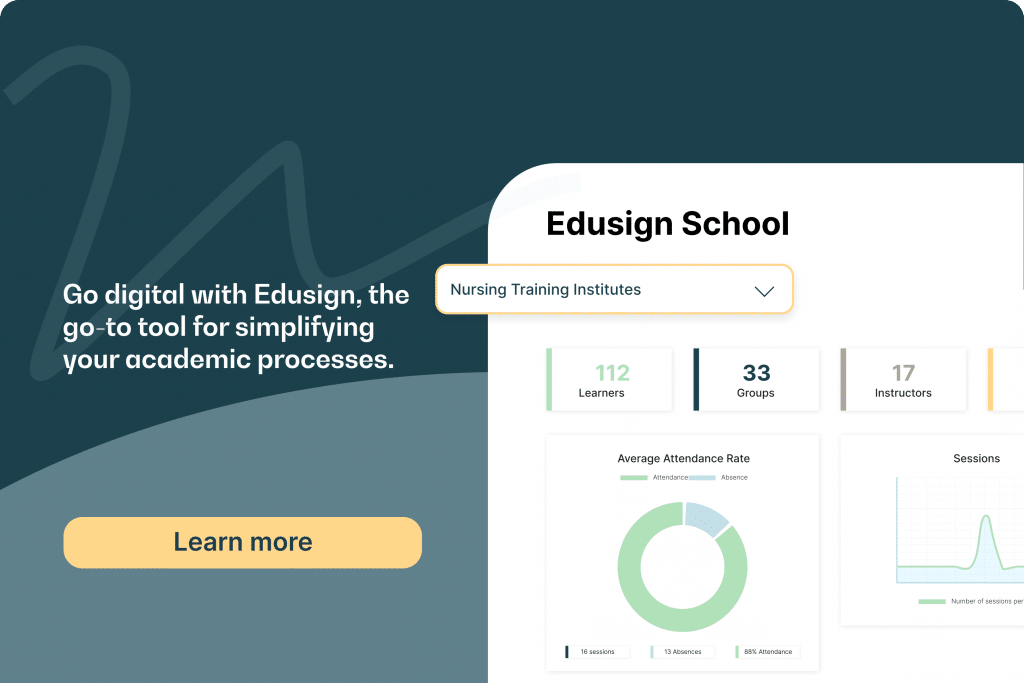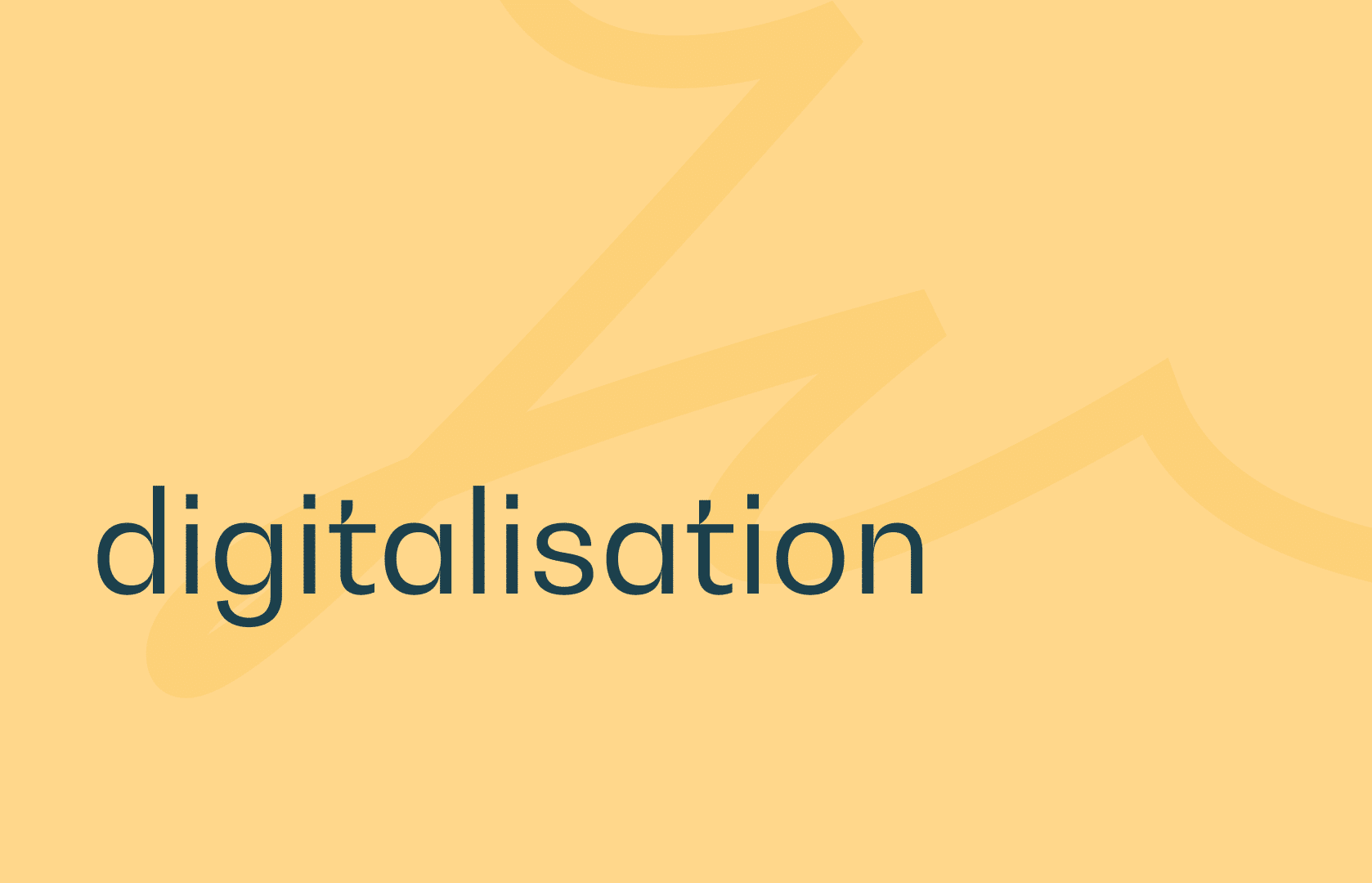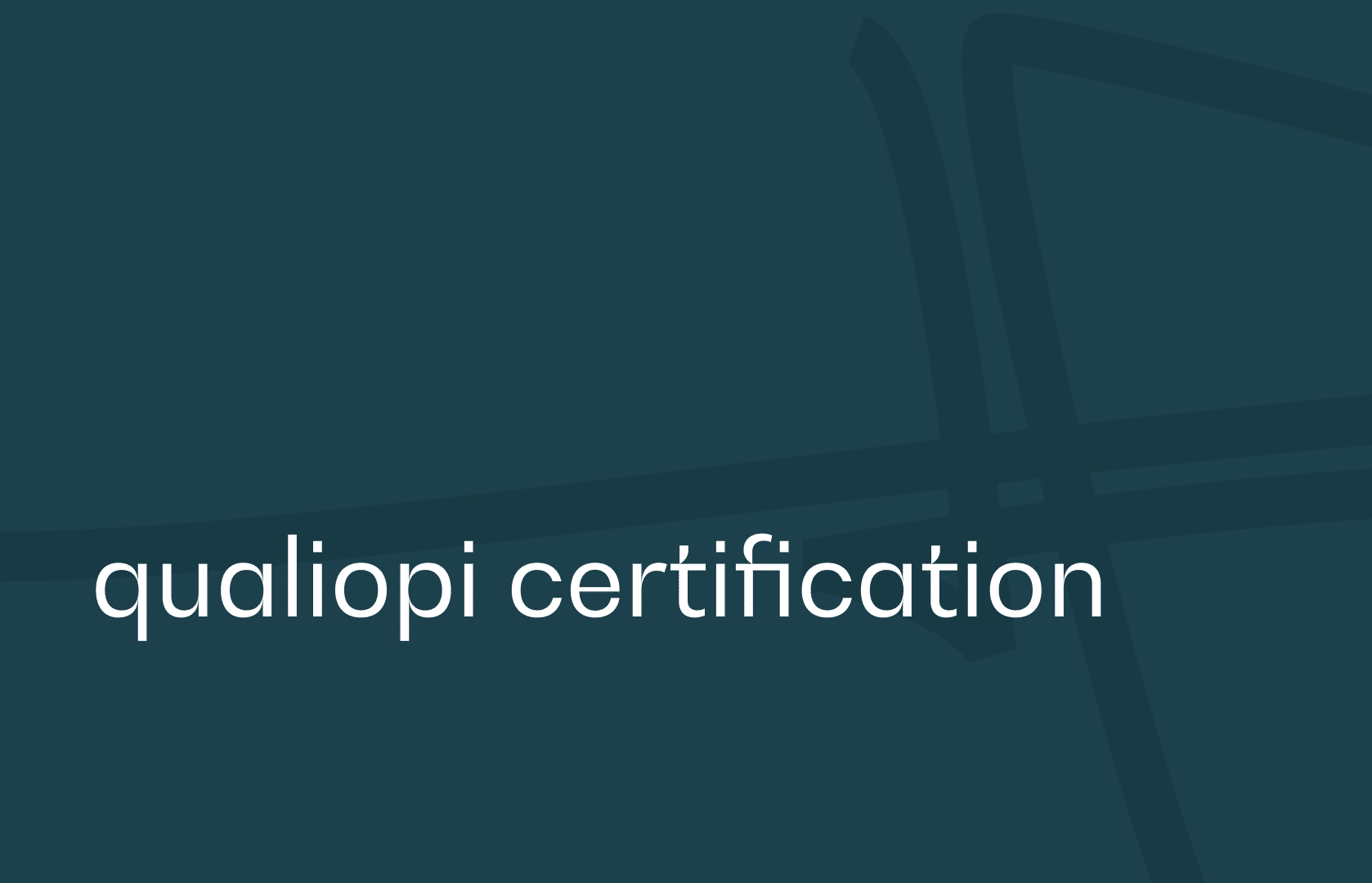Introduction: Why digitalize training today? 📚
Digital transformation is spreading across all sectors of business, and training is no exception. By digitalizing their training programs, companies aim to improve operational efficiency while controlling costs. In a context where skill requirements evolve rapidly, the use of digital tools like Edusign enables knowledge to be disseminated more widely, flexibly, and in a targeted manner. Beyond modernization, this evolution represents a true economic opportunity.

What are the advantages of digitalizing training? 📎
Digitalizing training offers many advantages, starting with a significant reduction in logistical costs: no more room rentals, mobilizing staff, or covering travel expenses for trainers and learners. Content becomes accessible online, anytime, from any device. Companies thus gain agility and responsiveness.
Digitalization also enables better personalization of training paths, adapting to each employee’s needs. It simplifies progress tracking and the identification of skill gaps. Finally, once content is created, it can be reused and updated at minimal cost, improving long-term profitability.
What are the key steps to effectively digitalize training? 📥
Digitalizing training is not just about uploading PDF documents online. It is a true pedagogical and technical project. The first step is to analyze learner needs and training objectives. Next comes designing a structured learning path using the most relevant formats: videos, virtual classes, interactive quizzes, infographics, etc.
Content must be hosted on an appropriate training platform (LMS), which ensures delivery, monitoring, and assessment. Before scaling up, it is recommended to test the digitalized path with a pilot group to gather feedback and fine-tune areas for improvement.
What tools should you use to digitalize your training? 🛠️
There are many tools available to design, deliver, and track digital training. LMS platforms allow you to structure learning paths, centralize resources, and monitor learner progress. Authoring tools like Articulate, Genially, or Canva help create engaging content.
Edusign, for example, is a complete solution that simplifies attendance tracking, digital signing of attendance sheets, and assessments through online questionnaires. Such solutions centralize training data while meeting administrative requirements, saving time and reducing manual tasks for HR and training teams.
- How to evaluate the effectiveness of digital training? 🎯
Evaluation is essential to measure the real impact of digitalization. Thanks to digital tools, it is now possible to track precise indicators: completion rates, quiz scores, time spent on each module, satisfaction rates… These data highlight the most effective content, as well as areas requiring adjustment.
Qualitative analysis, through satisfaction surveys or interviews, complements quantitative tracking. It gives voice to learners and trainers and uncovers elements that numbers alone can’t reveal: clarity of instructions, relevance of content, overall experience.
How to ensure learner engagement in a digital program? 💻
In a digital environment, learner engagement is a key success factor. Even well-designed digital training can fail if participants drop out. At a distance, without physical interaction with a trainer or group, disengagement is easier. That’s why it is crucial to implement strategies to sustain attention, motivation, and involvement throughout the learning journey.
The first strategy is to provide varied, dynamic, and interactive content. Alternating between videos, quizzes, case studies, simulations, or micro-learning keeps the pace and avoids monotony. Tools like Edusign can integrate questionnaires directly into the training path to assess understanding and encourage active participation. This interactivity promotes better knowledge retention and stimulates engagement.
The role of the trainer or tutor does not disappear with digitalization; rather, it evolves toward more personalized support. Regular check-ins via messaging, video calls, or forums help answer questions, recognize efforts, and rekindle motivation when needed. Human support remains crucial to avoid isolation and dropout.

What challenges do companies and higher education institutions face? 🧩
Digitalization does not come without obstacles. The first is often resistance to change, from both learners and trainers. Teams must be supported in adopting tools and designing content suitable for digital formats.
Other challenges include data security, GDPR compliance, and access rights management. It is also essential to maintain an equivalent or even superior level of pedagogical quality compared to in-person training. This requires specific skills and close collaboration between technical and pedagogical experts.
Centralizing data to better manage training 🎯
One of the most powerful advantages of digitalization is the centralization of pedagogical, administrative, and evaluation data. With a solution like Edusign, it is possible to consolidate in one place:
Electronically signed attendance sheets
Assessment results
Automatically generated certificates
Attendance and progress dashboards
📊 This centralization provides a 360° view of training performance: teaching teams can monitor key indicators in real time, HR managers have auditable evidence for funding bodies, and learners have easy access to their personal data.
Edusign: the essential building block for successful digitalization
The digitalization of training processes goes beyond delivering content online: it also involves simplifying, automating, and securing all administrative and pedagogical management. This is exactly where Edusign adds real value.
The strengths of Edusign in digitalization:
Electronic attendance sheets: one-click signing from any device, with full traceability.
Integrated questionnaires: automated distribution and collection of learner feedback, directly linked to training sessions.
Centralized documents: certificates, agreements, records—all securely signed and archived.
Real-time dashboards: monitor attendance, progress, and satisfaction for more efficient training management.
Guaranteed compliance: GDPR adherence, auditable evidence for funders, and seamless integration with your other tools (LMS, ERP, CRM).
💡 With Edusign, you save time on administrative management, reduce logistical costs, and increase data reliability. The result: your teams can focus on what matters most—pedagogical quality and learner support.

Conclusion: A profitable transformation, but one that requires careful management 📊
Digitalizing training also means generating significant savings. Here’s how digital transformation reduces costs while optimizing performance for higher education institutions and companies:
Lower logistical costs: no more room rentals, printing, or travel costs. Training can be followed remotely or in hybrid formats, drastically reducing organizational expenses.
Automation of repetitive tasks: attendance signing, certificate distribution, evaluation questionnaires… all automated with platforms like Edusign, saving time and labor costs.
Fewer administrative errors: centralized data reduces human error, avoids oversights, and improves learner tracking—saving both time and money.
Better HR management: less time on administrative tasks, more time for learner support, client relations, and content creation.
Scalable content: once digitalized, modules can be reused endlessly without additional costs. Train more people, faster, without extra logistics.
Easier ROI measurement: digital tools enable real-time tracking (completion rates, satisfaction, progress), helping refine actions and optimize investments.





